Irene Lyon – The New Inner Game (2022)
$1,497.00 Original price was: $1,497.00.$12.00Current price is: $12.00.
Irene Lyon The New Inner Game Course [Instant Download]
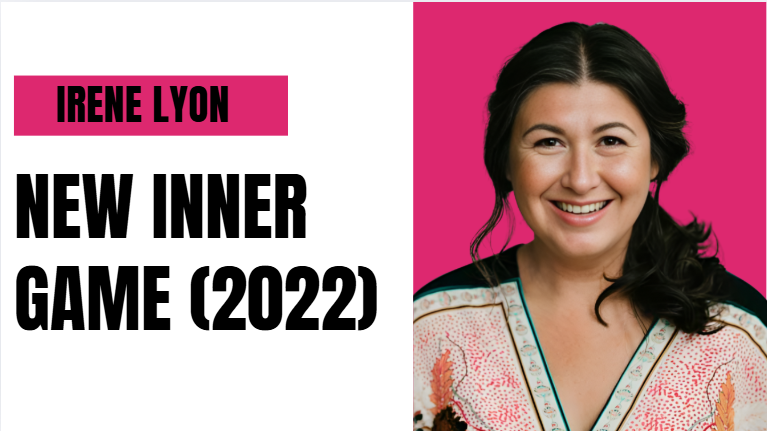
What is Irene Lyon The New Inner Game?
Irene Lyon’s The NEW INNER GAME is a healing course that helps you overcome trauma and boost your energy levels.
The course teaches practical neurosensory exercises that reprogram your body and brain, removing old patterns that limit your health and confidence.
This 12-week program targets your entire body-mind connection, not just mindset work. It uses your nervous system as the foundation for real change.
You’ll learn the biology of stress, vagus nerve regulation, and somatic techniques from the Feldenkrais Method and Somatic Experiencing to create lasting transformation.
📚 PROOF OF COURSE
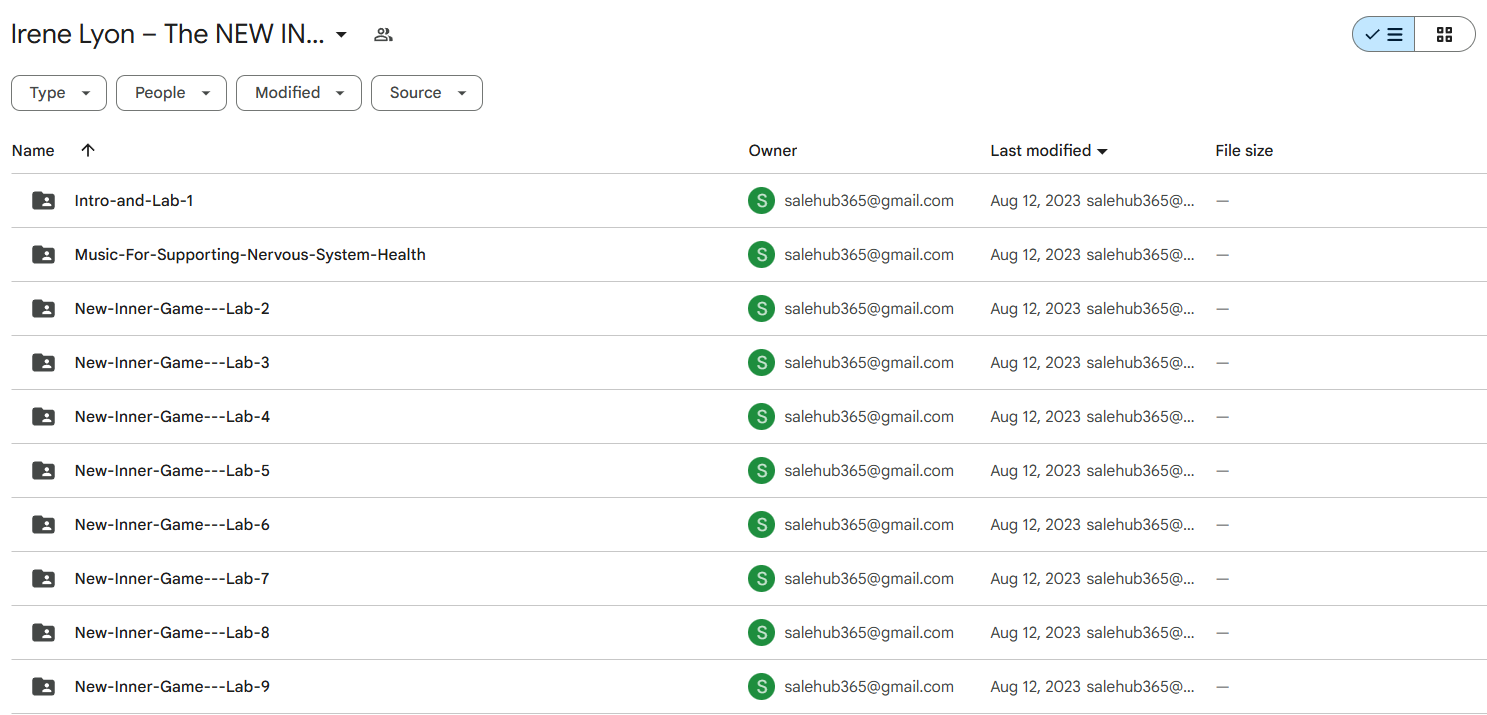

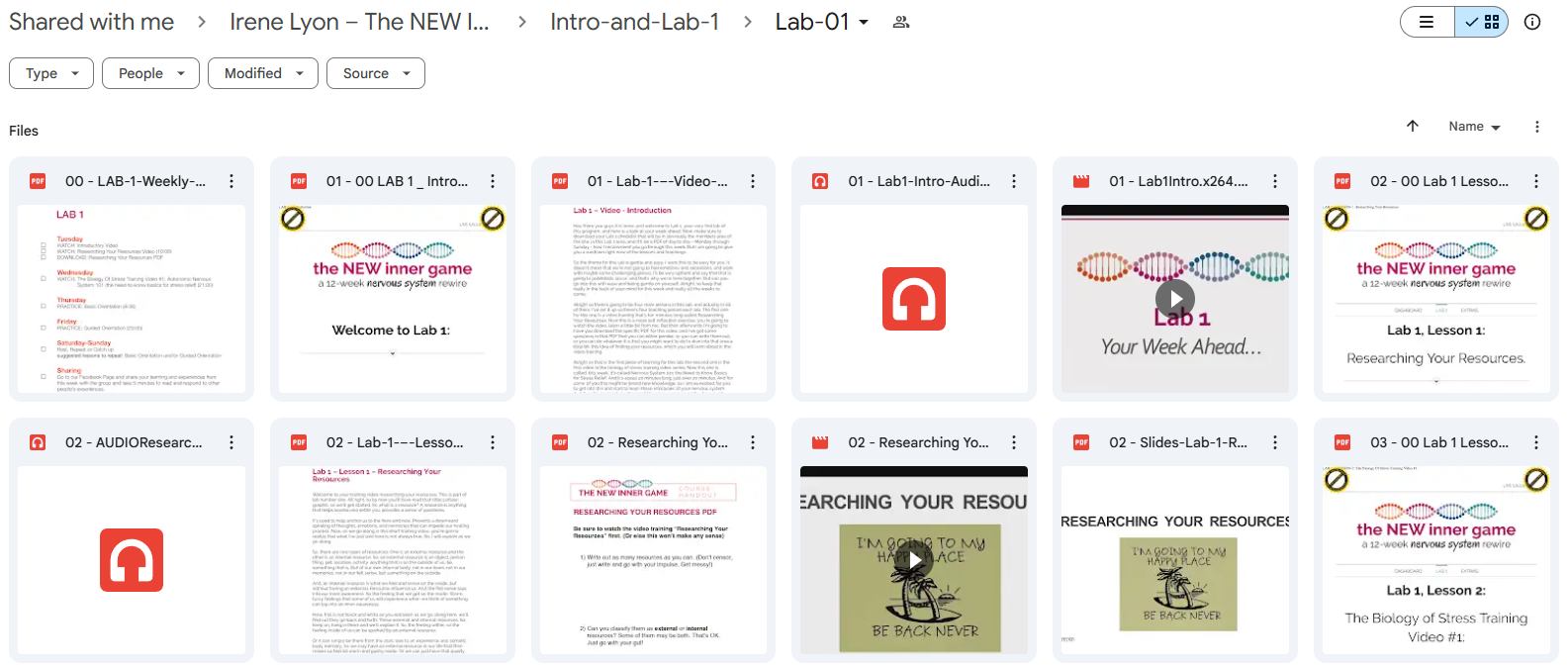
What you’ll learn in The New Inner Game course
In this course, you’ll gain tools to transform your body connection and boost your health. The course teaches:
- Neurosensory exercises that work with your body, brain, and nervous system together
- Biology of Stress training explaining the science behind your health problems
- Nervous system regulation methods to stop burnout and raise your energy
- Trauma release techniques to clear old patterns holding you back
- Body-mind practices that go deeper than just positive thinking
- Vagus nerve stimulation to improve your health and emotional balance
The NEW INNER GAME teaches a fresh approach to life by building skills for better health, relationships, and work. You’ll learn how to feel better all day and bring your full self to what matters most.
The NEW INNER GAME Course Curriculum:
✅ Introduction and Lab 1: Foundation Building
This first module sets up the main ideas and basic practices for the whole program. It starts with a complete 12-week overview and checklist to help students understand the journey ahead.
Key lessons include “Researching Your Resources,” which helps students find their personal strengths and support networks, and “Nervous System 101,” teaching the basics of how your nervous system works. The module starts simple body awareness exercises focusing on the head, neck and eyes—basic body techniques that help build awareness.
The section ends with guided movement exercises and explores how your voice can affect your health and happiness, showing the link between how you speak and how your body feels.
✅ Lab 2: Animals in the Wild & Nervous System Basics
Lab 2 helps you understand your nervous system by looking at how animals behave and introduces key ideas about natural healing. The African Safari lesson uses wildlife as examples of healthy stress responses, showing how animals naturally handle stress.
Students learn to “Follow Your Impulse,” an important practice for reconnecting with natural movement patterns often blocked by upbringing and past hurts. The Vagus Nerve 101 lesson teaches about this key part of the rest-and-digest system and why it matters.
The module finishes with “Potent Posture” work and simple body scanning exercises, along with natural movements inspired by how babies develop, like crawling and rolling.
✅ Lab 3: Understanding Harmful Stress & Breathing Work
This module looks at the difference between normal stress and harmful ongoing stress patterns. The Biology of Stress lesson explains how long-term stress hurts your physical and mental health when not properly released.
Students explore “Basic Joints” practice to increase body awareness and movement, creating more options for moving and feeling better. The breathing sequence teaches specific ways to work with breathing in and breathing out—powerful tools for calming your system.
Lab 3 includes a training call with questions and answers about common challenges, helping students solve problems in their personal practice.
✅ Lab 4: Healing Our Human Struggles
Lab 4 explores bigger picture ideas and practical aspects of healing trauma in today’s world. “Healing Our Human Predicament” looks at shared trauma patterns and gives a 7-step plan for addressing them.
The kidney-adrenal exercises focus on these stress-related organs, helping calm the fight-or-flight response. Students learn specific techniques for supporting these areas, which directly helps manage stress hormones.
The module includes practical “4 Steps for Overwhelm,” giving quick tools for handling intense stress moments that come up during healing.
✅ Lab 5: The Breathing System
This module focuses on understanding and working with the body’s connected breathing muscles. Students explore how shoulder tension affects breathing and overall body state.
The breathing and pelvic floor lessons show how the lower body works together with breathing. The pelvis-feet relationship looks at how standing firmly helps pelvic movement and overall calmness.
“Dropping Your Adrenals” teaches advanced ways to release chronic stress activation, while extra videos cover developing body intuition and pain release methods, along with understanding tiredness from long-term stress.
✅ Lab 6: Self-Calming & Safety Sensing
Lab 6 introduces more advanced self-calming techniques and the concept of neuroception—your body’s ability to sense safety and danger. The tension-release exercises help students notice and change their usual tension patterns.
The module features work with Anthony Twig Wheeler on neuroception, explaining how our bodies unconsciously judge if situations are safe. “Containment” practices teach students how to safely hold and process strong feelings without being overwhelmed.
Special focus is placed on anger as a healthy emotion, with lessons on using anger in helpful ways to stop self-defeating behaviors. More training calls and Q&A sessions help students better understand these ideas.
✅ Lab 7: Vagus Nerve Activation & Gut-Brain Connection
This module gives targeted practices for improving vagus nerve function and explores how the gut and brain work together. Students learn specific sounds like “VOO” and “AHH” that directly activate the vagus nerve, promoting relaxation.
The “Rolling the Head” practice combines gentle movement with vagus nerve activation for better calming. Sessions with Elinor Silverstein explore the gut-brain connection, highlighting how gut health affects mood and emotions.
Students receive practical “magic” techniques for improving gut-brain communication, addressing an important but often overlooked part of nervous system health.
✅ Lab 8: Body Structure & Movement Patterns
Lab 8 focuses on how physical posture affects nervous system function. The “Mini-Balance Your Back” lesson gives techniques for releasing back tension and improving posture without straining.
“Connecting the Head and Pelvis” explores the relationship between these two major body areas and how their coordination affects overall health. This module emphasizes movement patterns from early childhood that help reorganize the nervous system.
✅ Lab 9: Advanced Practice & Childhood Movements
The final module brings together previous learning with more advanced practices. “Rolling Like a Baby” revisits movements from infancy that help rewire patterns established in early life.
The “Bell Hand” and “Advanced Joints” lessons improve body awareness and movement options. “Advanced Diaphragms” work deepens the connection between breath and the body’s breathing muscles for complete regulation.
The program ends with a simple guide and chart that helps students continue their practice on their own, knowing which techniques to use in different situations for ongoing nervous system health.
Who is Irene Lyon?

Irene Lyon is an expert in nervous system health and somatic healing with 15+ years of experience. She has a Master’s in Biomedical and Health Sciences plus training in body-centered therapies.
She studied the Feldenkrais Method with its founder’s students and completed the 3-year Somatic Experiencing training with Dr. Peter Levine. This background lets her combine neuroscience with practical healing methods.
After healing her own injuries and trauma, Irene created an approach that has helped thousands fix chronic health issues. She teaches how the nervous system affects all aspects of health.
Irene shares her knowledge through online courses, a popular YouTube channel, and workshops. Her teaching mixes science with compassion and practical techniques that create real change.
Be the first to review “Irene Lyon – The New Inner Game (2022)” Cancel reply
Related products
Healing


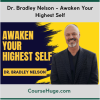
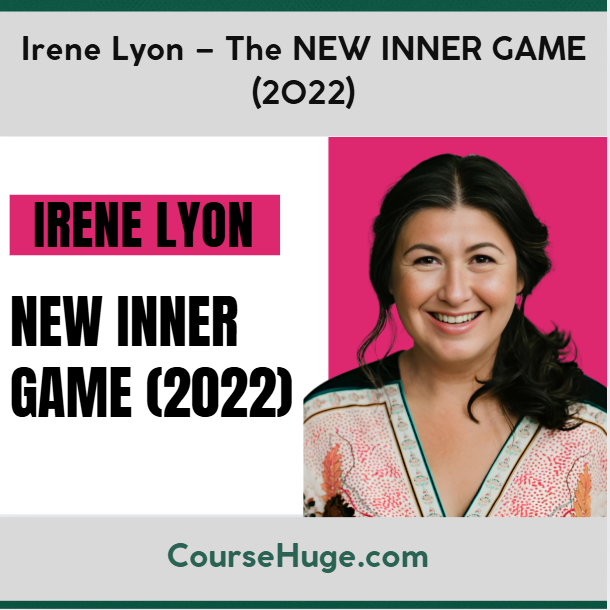

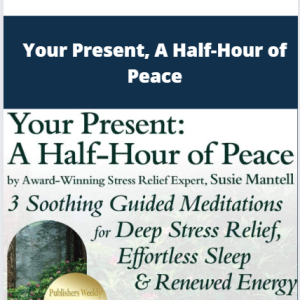
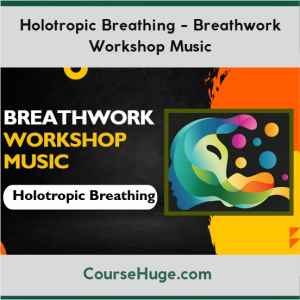

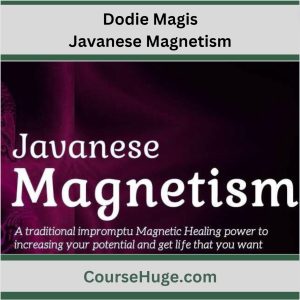
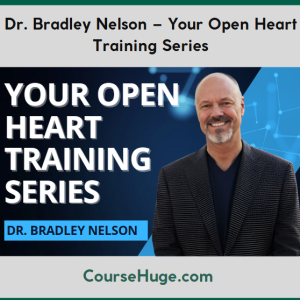
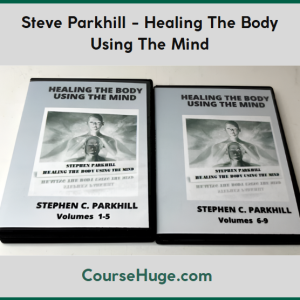
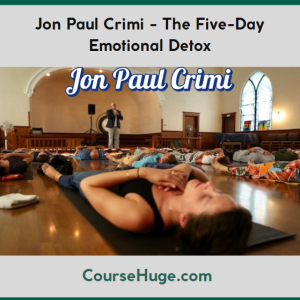
Reviews
There are no reviews yet.